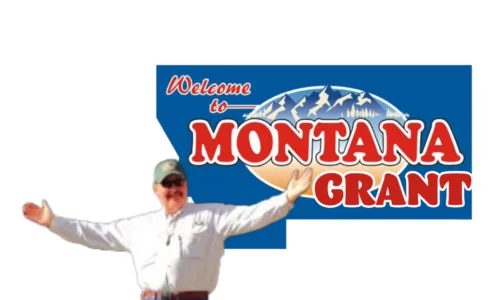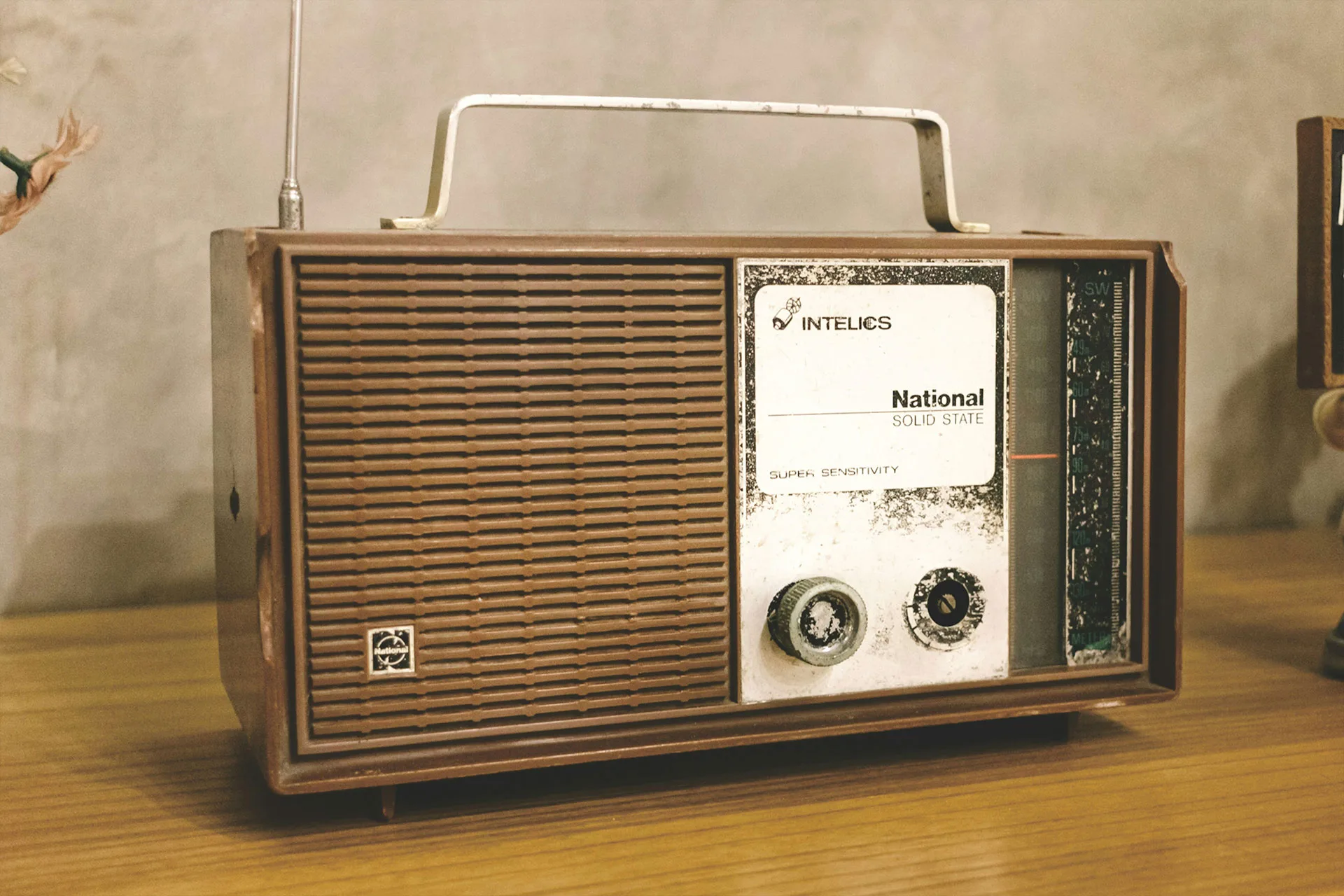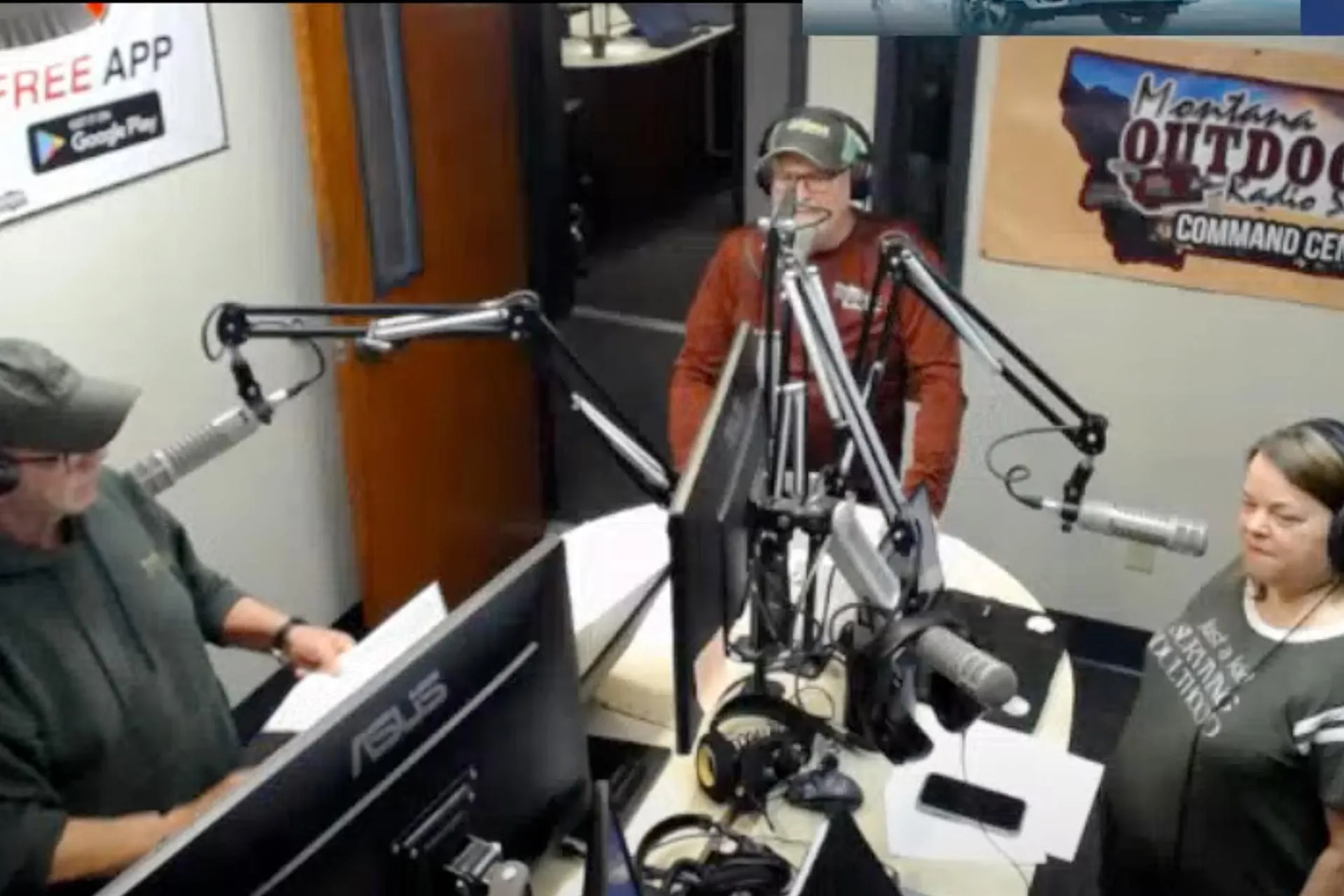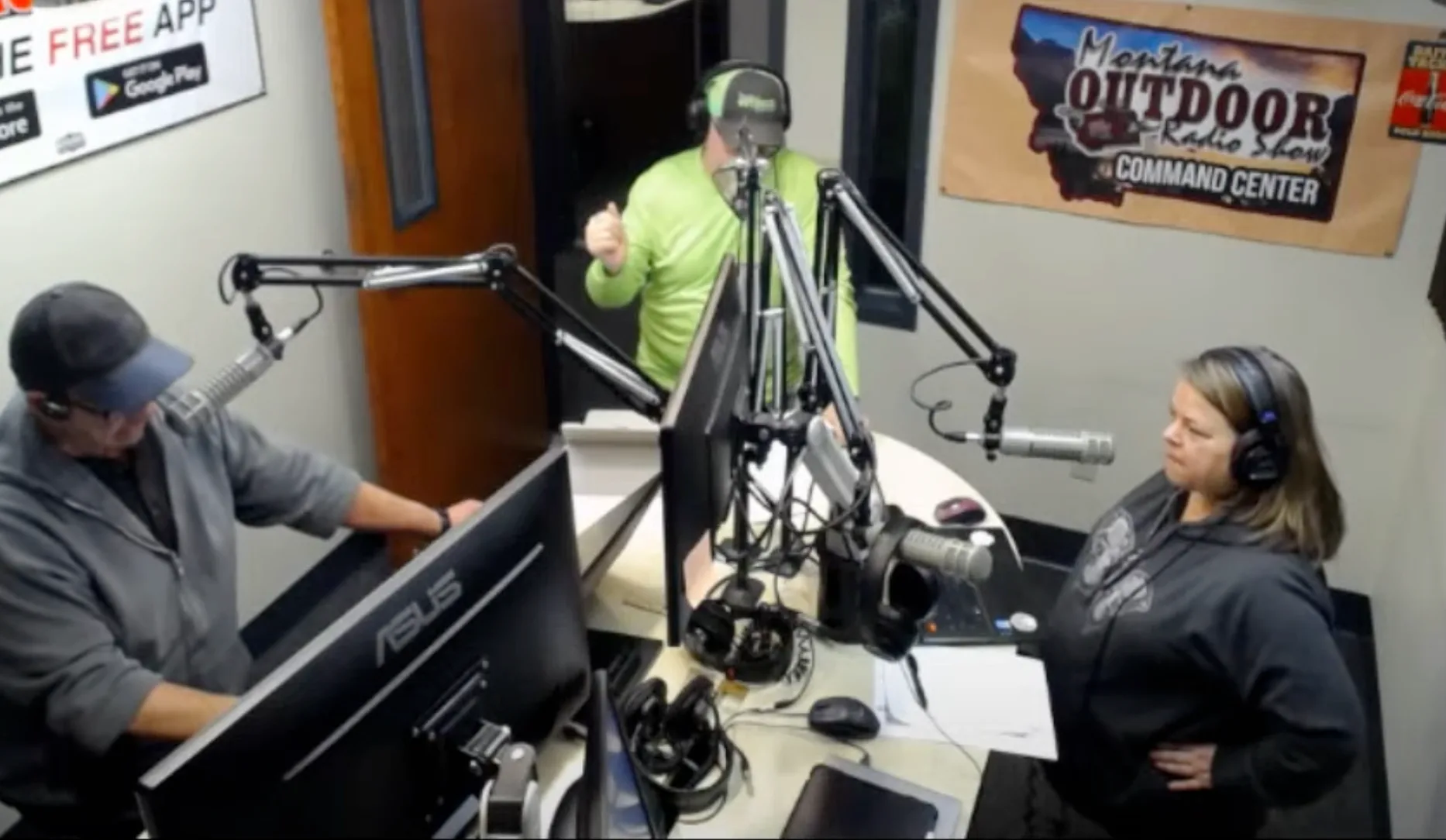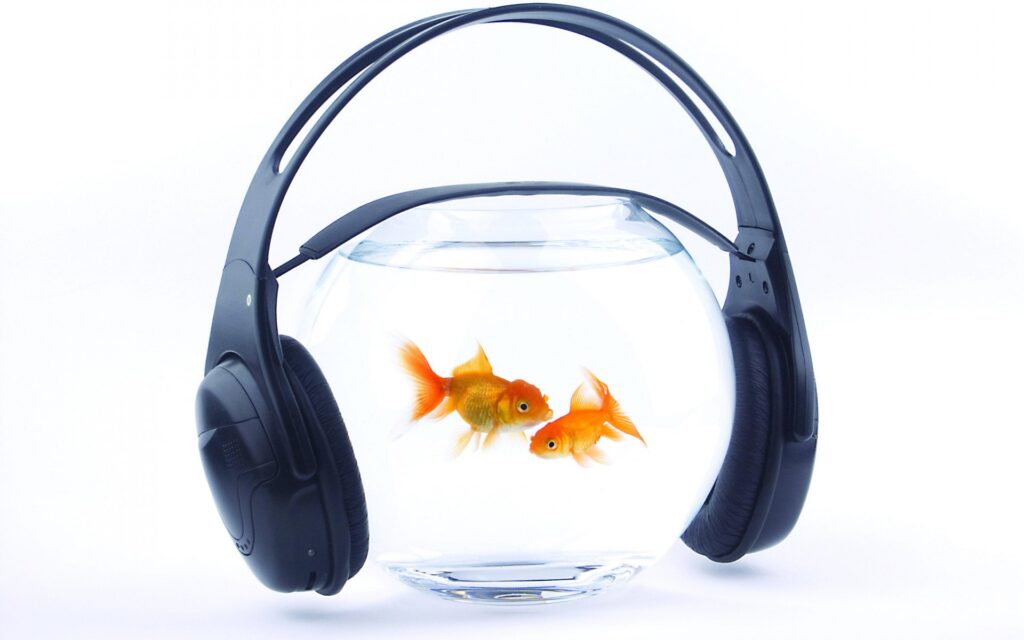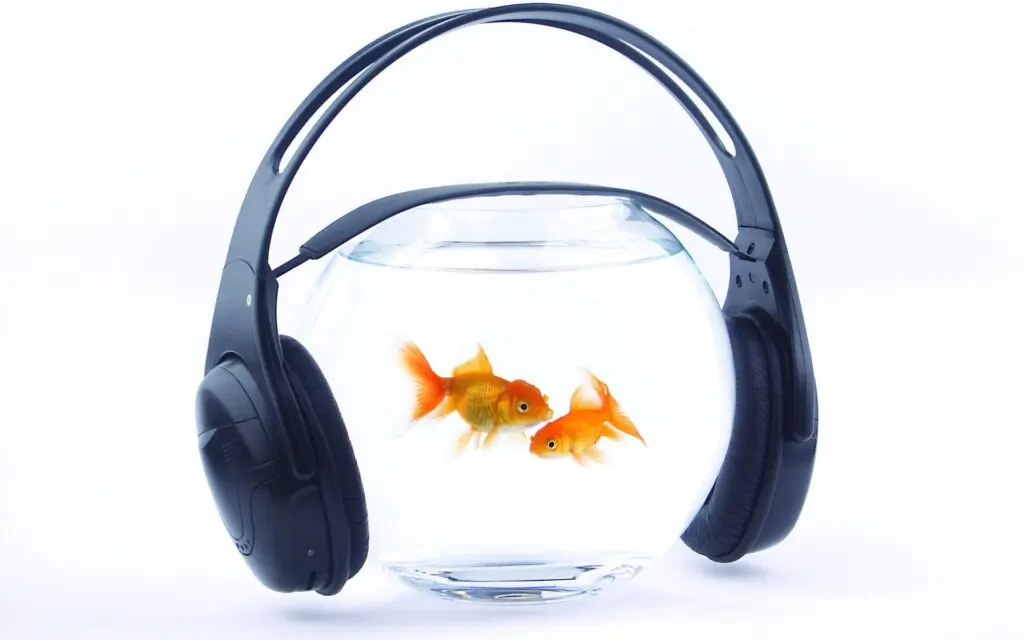The recent issue of Fly Fisherman magazine published an article called “Playing God!” The writing was about manipulating the Gibbon River in Yellowstone Park. The entire fishery and headwater lakes were killed of all trout. Rotenone poison was dispersed to eliminate the fishery so that “other native species” could be stocked.
The only problem was that this original watershed had NO TROUT or Grayling at all. Like most of Yellowstone Park’s “native” waters, this area was sterile! There were never any “Native Trout”. In the early history of YNP, trout and grayling were stocked using milk cans and mules. Brook trout, rainbows, and browns were introduced, along with dozens of other non-native fish species.
There are no native Brown trout in North America. Browns were brought here from Europe. Rainbow trout were only Native to watersheds that flowed into the Pacific Ocean. Brook Trout, a char, were native to the Eastern Appalachian Mountain watersheds of North America. Whitefish, Grayling, Bull trout, pikeminnows, and cutthroat trout were the only Native fish found in the Yellowstone/Montana/Wyoming watersheds.
Non-native species include walleye, pike, crappies, yellow perch, and other introduced fish. Sturgeon, paddlefish, burbot, channel catfish and sauger are the warm water natives to the area. There are also several other species of Cutthroat trout not native to the region.
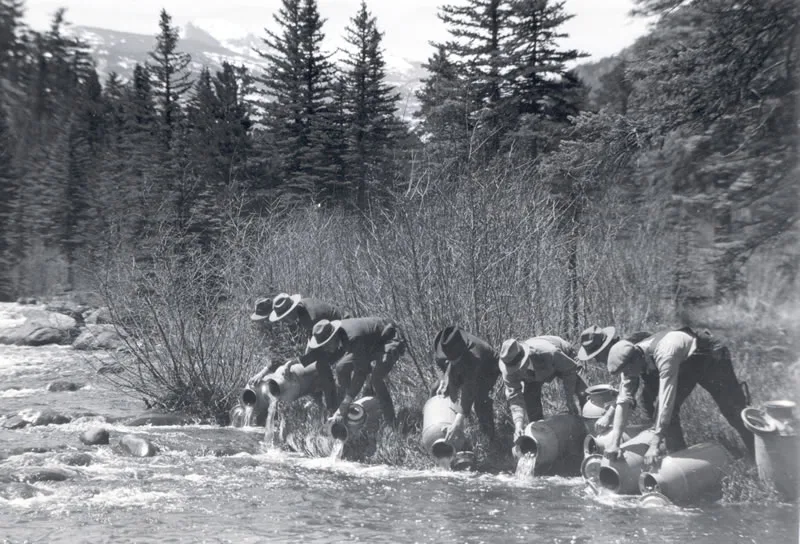
There were plenty of bugs and habitat, just no trout. The stocked trout quickly became a healthy and reproducing Wild Trout fishery. Ironically, Grebe Lake, at the Gibbon River headwaters was the hatchery lake used to raise and stock trout throughout the park. Net pens allowed fingerlings to grow on their own until they were loaded onto trucks and stocked. I remember helping stock Brown trout in the 1960’s as a kid, below Gibbon Falls. My first brook trout on a fly rod was caught at Norris Junction. There were brook trout and browns, with an occasional rainbow. Other nearby Gibbon tributaries were prime brook trout waters. We never saw or caught any West slope Cutthroat trout.
When we hiked the road into Grebe, Wolf, and Ice Lakes, we caught HUGE rainbows that had escaped from the lake’s net pens. Ice Lake was named so because it often completely froze during the Winter. Only a few fish survived in the Ice puddle. There were tons of grayling in the headwater lakes but most were small, due to overpopulation.
The Wild trout fishery above Virginia Cascade was healthy and abundant. Hopper fishing was especially good, and the fish averaged 10-18 inches, with occasional monsters. Few anglers braved the remote waters. Wildlife encounters were frequent, but fishing was some of the best that the Park and west offered.
Playing God with trout fisheries is not new. Cherry Creek, a tributary to the Madison River, begins on Ted Turner’s private property. The entire healthy wild trout fishery was also poisoned to put cutthroats back into the private water. We watched dead trout floating by the Damselfly Fishing access. This project was sponsored by Trout Unlimited to reintroduce “Native Trout”, into an area where there is no public access.
It’s true that West slope, and Yellowstone Cutthroats, as well as fluvial Grayling, were native to some park waters. They still are. The Gibbon River, and most waters in the northern part of Yellowstone were never Native for any trout species.
The Gibbon River offers a natural barrier to prevent any upstream migration of fish. The Gibbon Falls acts like a dam. Browns, rainbows, and brook trout can still be found downstream.
My first grayling was a 16-inch fish that I hooked under the Madison River Jct. bridge. I also landed an 8 lb. brown under the bridge by Norris campground. I remember my mother sitting on a blanket in front of the Norris Ranger cabin watching me learning how to fly fish. I caught browns, bows, and brookies as she drank a cup of coffee and read a book nearby. These are fond fishing memories.
Following a mandate to preserve and enhance Yellowstone’s “Native” fish, biologists decided to “Play God” with the Gibbon River watershed. Helicopters sprayed Rotenone along the waters to kill all fish. This controversial poison prevents the trout from breathing. Insects, unable to escape the poison are also killed. To deactivate the poison, potassium permanganate was then sprayed in the same areas. Dead fish and insects either rotted or were consumed by scavengers. The Gibbon River and its headwater lakes were “Sterile” once again.
West slope Cutthroats and Grayling were stocked. Timing of the poisoning and stocking was done so that loons, and other natural predators would not starve. The “Stockers” are also food for wildlife.
Attention to detail was made when it came to traveling to Grebe and Wolf Lake. Horses and pack trains were used by biologists to minimize impact on the environment, instead of trucks driving along the existing hatchery lake roads. I once rode on the tailgate of a stocking truck, on my way out from fishing Grebe Lake. I guess that saving time or money was not a detail, except when flying helicopters down the river.
Native West slope Cutthroats can now be found in 21% of their Native historic waters. This cutthroat species has struggled to compete with other fish and changing ecosystems. The Gibbon River, Grebe, Wolf, and Ice Lake were not their ancestral homes. Government leaders decided to change a healthy “Wild Trout” fishery, that was once sterile, into a “Native Fishery.”
The new stocked fishery will never have the same diversity or size as the poisoned Wild Trout fishery. West slope cuts will also migrate downstream into the Firehole and Madison Rivers, like it or not.
Yellowstone Park fishing has changed. Lake trout have illegally invaded Yellowstone lake. Cisco minnows have also been added into the mix by bucket bandits. Yellowstone Lake is no longer the hatchery it once was. Increased populations of cormorants and pelicans feast on all native trout. I have not seen cutthroat trout under Fishing Bridge in decades. The Firehole and Madison waters have declined. The Gardiner and Lamar River watersheds were devasted in recent flooding. Waters in the park are warmer, due to active geothermal features.
Perhaps there are more pressing fishery concerns in Yellowstone Park, and western watersheds than destroying a healthy ‘Wild “trout fishery to replace it with a “Native” fishery, that never was. This expensive project may have been better spent on other more relevant and needed fishery projects.
Yellowstone Park also bans using lead weights and barbed hooks. No data supports these regulations. Lead, arsenic, mercury, and other toxins naturally result from the geothermal features. The YNP watersheds, that flow into Montana, are all contaminated naturally due to this natural pollution.
It usually comes down to money. People come from around the world to catch Native trout in Yellowstone Park and western waters. Playing God is risky. Hopefully the final fishery outcomes will protect, preserve, and enhance future fishing in the region.
The current track record is dire. The dam failures on the Madison River, whirling disease introduction, pollution, severe overfishing, bucket biology, and development may require more immediate attention. You can’t anchor or step out of a drift boat in Wyoming waters. Private land includes the watersheds river bottoms. Wealthy hobby ranchers want to block all access to water in their domains. Montana’s unique public fishing access laws are under attack each year.
Catch and Release fishing is more popular than ever, but a trout can only be caught so many times before it’s overstressed. Too many guides and heavy fishing pressure increase trout mortality.
Catch Limits may need to be established. 10% of Catch and Released trout will die, under the best conditions. Guide trips with 2 anglers per boat, catching an average of say 50 trout a day means 5 dead throwbacks. Over a season, of say 100 fishing trips means 500 dead trout per tear from just one guided boat! Not every guide or angler catches that many fish, but some catch more. Many of the biggest trout are targeted and die. Cellphone picture sessions and bad C and R skills take their toll.
Maybe issues like these need more attention and funding rather than” Playing God” scenarios.
Montana Grant
